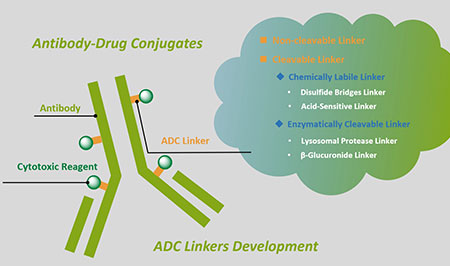1. Atroposelective Synthesis of 1,1'-Bipyrroles Bearing a Chiral N-N Axis: Chiral Phosphoric Acid Catalysis with Lewis Acid Induced Enantiodivergence
Yaru Gao, Luo-Yu Wang, Tao Zhang, Bin-Miao Yang, Yu Zhao Angew Chem Int Ed Engl. 2022 Apr 11;61(16):e202200371. doi: 10.1002/anie.202200371. Epub 2022 Feb 24.
We present herein a highly efficient atroposelective synthesis of axially chiral 1,1'-bipyrroles bearing an N-N linkage from simple hydrazine and 1,4-diones. Further product derivatizations led to axially chiral bifunctional compounds with high potential in asymmetric catalysis. For this chrial phosphoric acid (CPA)-catalyzed double Paal-Knorr reaction, an intriguing Fe(OTf)3 -induced enantiodivergence was also observed.
2. Acidity characterization of heterogeneous catalysts by solid-state NMR spectroscopy using probe molecules
Anmin Zheng, Shang-Bin Liu, Feng Deng Solid State Nucl Magn Reson. 2013 Oct-Nov;55-56:12-27. doi: 10.1016/j.ssnmr.2013.09.001. Epub 2013 Sep 20.
Characterization of the surface acidic properties of solid acid catalysts is a key issue in heterogeneous catalysis. Important acid features of solid acids, such as their type (Brønsted vs. Lewis acid), distribution and accessibility (internal vs. external sites), concentration (amount), and strength of acid sites are crucial factors dictating their reactivity and selectivity. This short review provides information on different solid-state NMR techniques used for acidity characterization of solid acid catalysts. In particular, different approaches using probe molecules containing a specific nucleus of interest, such as pyridine-d5, 2-(13)C-acetone, trimethylphosphine, and trimethylphosphine oxide, are compared. Incorporation of valuable information (such as the adsorption structure, deprotonation energy, and NMR parameters) from density functional theory (DFT) calculations can yield explicit correlations between the chemical shift of adsorbed probe molecules and the intrinsic acid strength of solid acids. Methods that combine experimental NMR data with DFT calculations can therefore provide both qualitative and quantitative information on acid sites.
3. The Stephan Curve revisited
William H Bowen Odontology. 2013 Jan;101(1):2-8. doi: 10.1007/s10266-012-0092-z. Epub 2012 Dec 6.
The Stephan Curve has played a dominant role in caries research over the past several decades. What is so remarkable about the Stephan Curve is the plethora of interactions it illustrates and yet acid production remains the dominant focus. Using sophisticated technology, it is possible to measure pH changes in plaque; however, these observations may carry a false sense of accuracy. Recent observations have shown that there may be multiple pH values within the plaque matrix, thus emphasizing the importance of the milieu within which acid is formed. Although acid production is indeed the immediate proximate cause of tooth dissolution, the influence of alkali production within plaque has received relative scant attention. Excessive reliance on Stephan Curve leads to describing foods as "safe" if they do not lower the pH below the so-called "critical pH" at which point it is postulated enamel dissolves. Acid production is just one of many biological processes that occur within plaque when exposed to sugar. Exploration of methods to enhance alkali production could produce rich research dividends.







